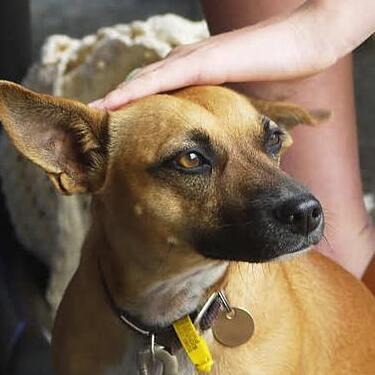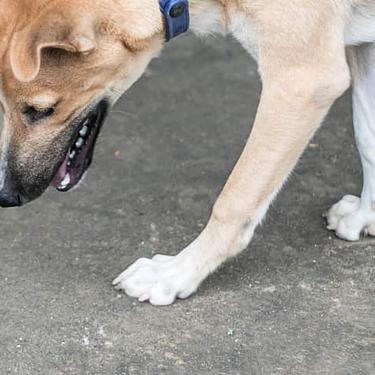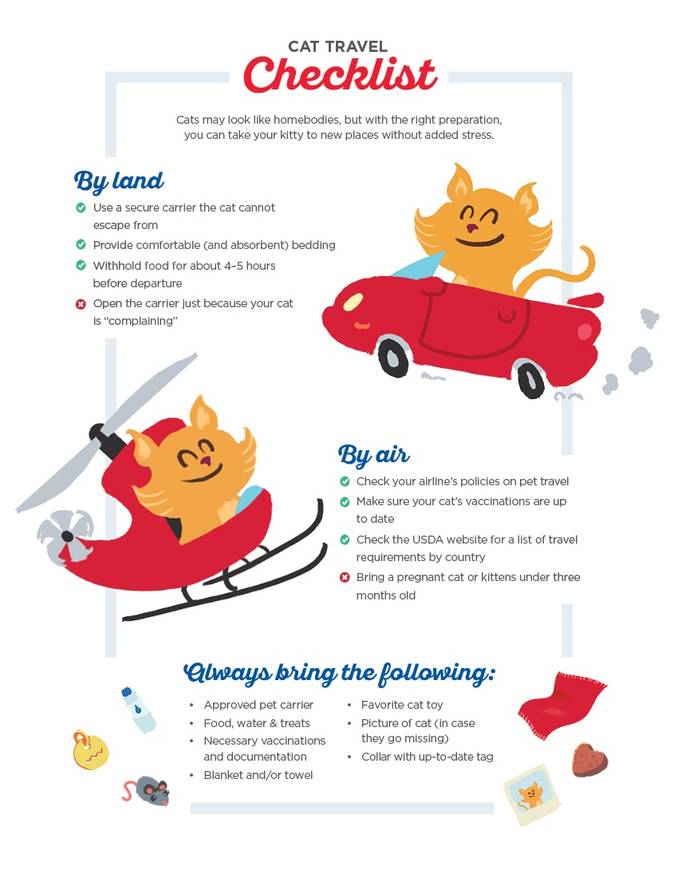
-
Find the right food for your petTake this quiz to see which food may be the best for your furry friend.Find the right food for your petTake this quiz to see which food may be the best for your furry friend.Featured products
 Adult 7+ Small & Mini Chicken & Brown Rice Recipe Dog Food
Adult 7+ Small & Mini Chicken & Brown Rice Recipe Dog FoodFor the unique nutritional needs of mature Small & Mini dogs
Shop Now Adult Small & Mini Lamb Meal & Brown Rice Recipe Dog Food
Adult Small & Mini Lamb Meal & Brown Rice Recipe Dog FoodFor the faster metabolism of Small & Mini dogs
Shop Now Hill's Science Diet Adult Oral Care Chicken, Brown Rice & Barley Recipe Dog Food
Hill's Science Diet Adult Oral Care Chicken, Brown Rice & Barley Recipe Dog FoodClinically proven kibble technology to reduce plaque & tartar build-up
Shop NowFeatured products Adult Urinary Hairball Control Chicken & Rice Recipe Cat Food
Adult Urinary Hairball Control Chicken & Rice Recipe Cat FoodActively supports the health of the whole urinary system
Shop Now Hill's Science Diet Adult Sensitive Stomach & Skin Dog Food
Hill's Science Diet Adult Sensitive Stomach & Skin Dog FoodHighly digestible recipe, gentle on stomachs. Nourishes skin & promotes a lustrous coat
Shop Now Adult Indoor Chicken Recipe Cat Food
Adult Indoor Chicken Recipe Cat FoodSupports energy level and beautiful fur in indoor cats
Shop Now -
Featured articles
 15 Pet-Friendly Cities Ideal for a US Road Trip
15 Pet-Friendly Cities Ideal for a US Road TripCheck out our list of pet-friendly U.S. cities that are excellent travel options, offering off-leash dog parks and pet-friendly restaurants & hotels.
Read More Easy DIY Dog & Cat Toys: Nine of Our Favorites
Easy DIY Dog & Cat Toys: Nine of Our FavoritesBrowse this comprehensive guide for several of our favorite DIY dog and cat toys that are sure to put a little pep in your pet's step.
Read More My Pet Ate a Lizard — What Should I Do?
My Pet Ate a Lizard — What Should I Do?Learn what to do if your pet eats a lizard, including whether they can be toxic and symptoms to keep an eye on when they've swallowed one.
Read More -


Most cats are not particularly happy travelers - they are usually bonded strongly to their own territory and feel very vulnerable in a new environment. The rewards of staying with the family and heading off on an adventure does not excite the average feline in the same way as its canine cousins. \
If you wish to take your cat on a train/car or air journey you will have to ensure your cat is safely and comfortably secure in an appropriate carrier and is kept confined at the end of the journey, at least until comfortable in the new environment. Of course you get the occasional cat that travels frequently with its owner and does not panic or run off in a new environment, however, these are few and far between.
Traveling by Car
It can be very dangerous to have a cat loose in the car - not only could it cause an accident by becoming entangled with the driver, but if a window or door was opened or an accident occurred, the cat could escape and become lost.
You will need to invest in a carrier that is strong and easy to clean should the cat urinate, defecate or become sick during the journey. Also consider the weather you will be traveling in - both your present situation and the likely temperature of your destination. If it is likely to be very hot then use a carrier which allows good air flow - if it is going to be cold then one which can provide draft-free warmth while still allowing a good air flow would be useful. Place the carrier where it will be secure if you have to brake suddenly but where it has a good air flow - i.e. not underneath lots of other luggage in the back of the car. Do not put the cat in the trunk and take care with the rear of hatchbacks - ventilation may be poor and your cat may overheat. You can secure the carrier behind one of the front seats or use the seat belt to make sure it is held securely on the seat.
Check the cat regularly, especially if the weather is hot - don't underestimate how rapidly the temperature inside a car can rise - bear this in mind if you stop for a refreshment break and leave the cat in the car. Put the car in the shade and leave windows open - if it is very hot take a picnic and eat it nearby with the cat secure in its carrier outside the car or with all the doors open. Heat-stroke can be a killer.
Traveling by Train
Obviously if you are traveling by train you will need a very secure carrier which the cat cannot possibly escape from, but one which is also light enough to carry. You may want one with a solid base in case the cat urinates so that it does not soil the railway carriage. Line it with absorbent paper and material and take spare bedding too. You will probably be able to keep the cat in its carrier on your lap depending on the type of train and the space available.


Tasty Tips
Traveling by Air

If you intend to travel by plane with your cat then you need to plan well ahead. Each airline has its own requirements and restrictions for traveling with your pet. Many airlines now allow cats to travel in the airline cabin under the seat in front of you so make sure to check the dimensions of this space before you fly. Soft sided carriers can work well for this location. A trip to the veterinarian may also be needed before you fly if vaccination records or a health certificate is required. Most cats do travel well but it is not recommended to send a pregnant cat or kittens under three months old.
Arriving at Your Destination
When you arrive, place the cat in one room and make sure it is secure, comfortable and cannot escape. Offer water and a little food although your cat may not be interested in eating until it settles in a little more. Meal feeding twice a day will encourage your cat to come back to you for food when you call. Gradually let it explore further and use food to ensure it does not go too far and returns for regular meals.
Using a Carrier
For cats the production of a carrier usually means a trip to the veterinarian so they are often not too keen to get into it! Take time to let the cat become accustomed to the carrier or travel crate well before the journey.
Make it a pleasant place to be - feed the cat treats inside it and make a cozy bed of familiar smelling bedding which can be used on the journey. Leave the door open and encourage the cat to go in and out and to sleep in it. Then, when it comes to the actual journey, the cat is at least familiar with its immediate environment.
If you have more than one cat it is better to give them separate carriers which allows better flow through of air, more room and less chance of overheating. Even the best of friends may become stressed during a journey and behave in an uncharacteristic, agitated way with each other; separate carriers will prevent any injury. If they can at least see and hear each other they may be comforted by that.
Withhold food for about four to five hours before the journey in case the cat is sick while traveling. Offer water up to the time you leave and again during the journey when possible. You can buy bowls which attach to cages so they are not spilled by the cat during the journey and are easy to fill without opening the cage should there be a delay during the journey.


One of our staff authors prepared this article for you
Related products
Related articles

Put your cat on a diet without them knowing
Our low calorie formula helps you control your cat's weight. It's packed with high-quality protein for building lean muscles, and made with purposeful ingredients for a flavorful, nutritious meal. Clinically proven antioxidants, Vitamin C+E, help promote a healthy immune system.
Put your cat on a diet without them knowing
Our low calorie formula helps you control your cat's weight. It's packed with high-quality protein for building lean muscles, and made with purposeful ingredients for a flavorful, nutritious meal. Clinically proven antioxidants, Vitamin C+E, help promote a healthy immune system.

